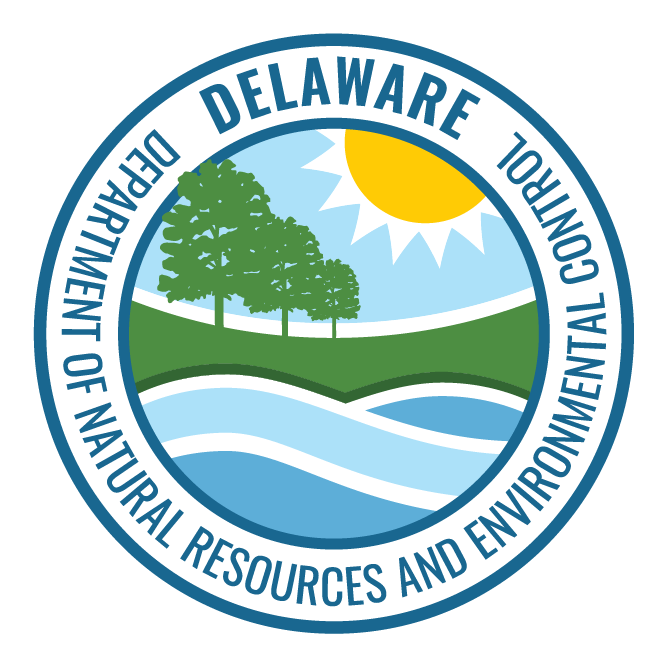Pages Tagged With: "PFAS"
PFAS in Delaware: How the First State is Tackling Toxic Forever Chemicals
Significant progress has been made in combating forever chemicals in Delaware in recent years, and we continue to learn more about presence of these emerging contaminants in our land, water and bodies. Officially known as perfluoroalkyl and polyfluoroalkyl substances but more commonly referred to simply as PFAS, the chemicals have been used in thousands of products, including cookware, clothing and firefighting foam, for decades following their creation in the mid-20th century. Learn more about how the Delaware Department of Natural Resources and Environmental Control is responding to these contaminants.PFAS in Delaware
DNREC and the DHSS Division of Public Health are working with federal agencies to protect the environment and public health in Delaware from the effects of a group of synthetic chemicals known as PFAS. PFAS MenuPFAS and Wastewater
Nationwide studies since the early 2000s indicate that PFAS exist in influent, effluent and residuals (biosolids) of wastewater treatment plants (Bogdan, D. 2021). Some of the most frequently detected PFAS compounds are PFAAs (perfluoroalkyl acids). This makes wastewater treatment plants important in managing and mitigating the environmental spread of PFAAs and a key participant in protecting bothPFAS and Surface Water
PFAS and other toxic contaminants can enter surface water through overland flow, such as stormwater runoff, through industrial discharges, through atmospheric deposition and through discharge of contaminated groundwater. PFAS MenuPFAS and Drinking Water
The federal Safe Drinking Water Act governs the quality and testing of all public drinking water supplied by water systems in the United States. The EPA works with states, localities and water suppliers to implement drinking water regulations. PFAS MenuInside the DNREC Environmental Laboratory Responsible for Testing for Forever Chemicals and Other Contaminants
When the Delaware Department of Natural Resources and Environmental Control needs to test water samples for contaminants, it turns to its Environmental Laboratory, which has been helping protect the state’s natural resources for 75 years — and will, before long, move into a new home. In this piece, Outdoor Delaware takes you into the lab to elucidate its important duties.East Basin Road Groundwater Site
The U.S. Environmental Protection Agency (EPA) has added the East Basin Road Groundwater Site in New Castle County to the Superfund National Priorities List (NPL). The site is an approximately seven-square mile area surrounding the city of New Castle’s public wells. [modal text=”DNREC Contacts” title=”DNREC Contacts”PFAS Investigation Sites
This page contains a list of sites being investigated by DNREC for per- and polyfluoroalkyl substances (PFAS) in drinking water, groundwater or surface water in Delaware.Contact Us
Exposure Assessment Near New Castle Air National Guard Base
In 2019, the Centers for Disease Control and Prevention (CDC) and the Agency for Toxic Substances and Disease Registry (ATSDR) initiated an exposure assessment for perf- and polyfluoroalkyl substances (PFAS) in the community near the New Castle Air National Guard Base in New Castle County. [panelPCB Mass Loading Studies
The DNREC Division of Waste and Hazardous Substances and Division of Watershed Stewardship are working together to study polychlorinated biphenyls (PCBs) and how they enter surface waters from hazardous substance release sites around the state. Phase I Summary [button type=”primary”A Watershed Approach
The Watershed Approach to Toxics Assessment and Restoration (WATAR) is a watershed-scale approach to evaluating where contamination comes from, how it gets into Delaware’s waterways and water bodies, and what effects it has on watershed health. https://youtu.be/CqFQInRpVYY
[panel type=”success” heading=”Contact 



